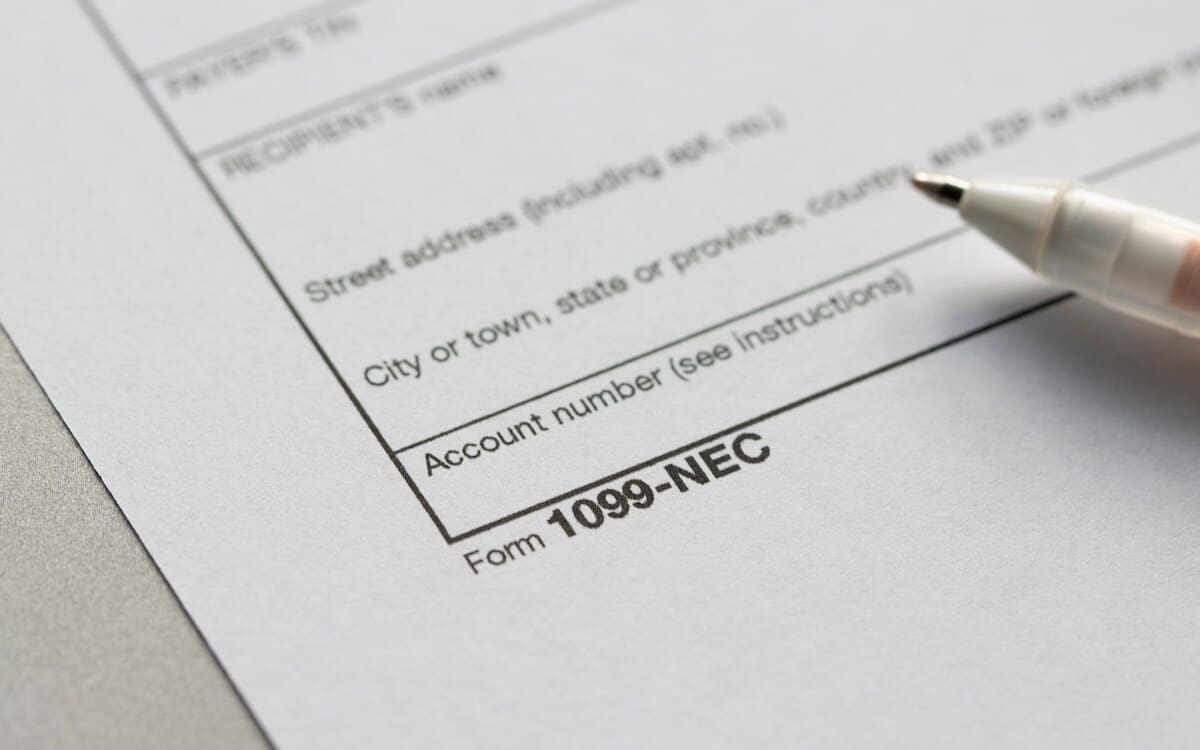The One Big Beautiful Bill Act (OBBBA) passed in July 2025 and included “no tax on tips and overtime” provisions.
These tax breaks aren’t as simple as they sound. They also have important consequences for employers, including increased reporting requirements.
Here’s what business owners should understand about these new deductions, including their annual limits, eligibility requirements and compliance implications.
What Does “No Tax on Tips and Overtime” Mean?
It may sound like the OBBBA made tips and overtime exempt from taxes, but that isn’t exactly the case. In reality, it created new above-the-line federal income tax deductions for tax years 2025 through 2028: one for tips and another for overtime.
Self-employed individuals may qualify for the tips deduction, but these tax breaks are primarily for employees. For business owners and employers, the most significant implications are increased reporting requirements.
Pro Tip: These deductions don’t affect payroll taxes—like Social Security and Medicare—or state and local income taxes. They only apply to an individual’s federal income tax calculation.
How Does “No Tax on Tips” Work?
Employees and self-employed individuals may be eligible to take an annual deduction of up to $25,000 for qualified tips. This refers to voluntary cash or charged tips they receive directly from customers or through tip-sharing arrangements.
For self-employed individuals, the tips deduction is also capped at the net income from their business. In other words, it can’t create or increase a net loss.
The main qualification requirements include:
- Work in a qualifying occupation: The IRS proposed a list of roughly 70 occupations that can qualify, primarily in fields like food, entertainment and transportation services.
- Earn income below the threshold: The tips deduction phases out for those with a modified adjusted gross income (MAGI) over $150,000 ($300,000 for married filers). It decreases $100 for every $1,000 in income beyond the limit, disappearing entirely at $400,000 MAGI ($550,000 for married filers).
- Receive an information return: Payors must break out tips separately on a Form W-2, 1099 or other formal statement. Employees can claim any tips they didn’t report to their employers using Form 4137. Any cash tips they collect under the table won’t qualify.
Individuals can claim the tips deduction whether they itemize or take the standard deduction. However, if married, they must file jointly with their spouse.
Qualifying Occupations
The IRS’s proposed regulations organize the 70 or so qualifying occupations into eight groups, which should give you some idea of what jobs they consider eligible for the tips deduction. These groups include:
- Beverage and food services
- Entertainment and events
- Hospitality and guest services
- Home services
- Personal services
- Personal appearance and wellness
- Recreation and instruction
- Transportation and delivery
In most cases, specified service trades or businesses (SSTBs) are automatically ineligible for these deductions. That includes businesses providing services in industries like healthcare, law and accounting, among others.
How Does “No Tax on Overtime” Work?
Non-exempt employees may be eligible to claim a deduction of up to $12,500 ($25,000 for joint filers) for overtime earnings. This refers to the premium portion of payment they receive for working more than 40 hours per week, as required by the Fair Labor Standards Act (FLSA).
The main qualification requirements include:
- Earn income below the threshold: The overtime deduction uses the same MAGI phaseout rules as the tips deduction. It decreases $100 for every $1,000 earned beyond $150,000 ($300,000 for married filers), dropping to zero by $400,000 MAGI ($550,000 for married filers).
- Receive an information return: Employers must break out and report overtime pay separately to the IRS and taxpayer on a W-2, 1099 or other formal document.
Like the tips deduction, the overtime deduction is available whether an individual itemizes or takes the standard deduction. The joint filing requirement for married couples also applies. However, occupation is irrelevant for this deduction.
Pro Tip: Because the FLSA doesn’t apply to self-employed individuals, they’re generally ineligible for the overtime deduction.
“No Tax on Tips and Overtime” Example
Let’s walk through an example to see how these tax breaks work.
John is single and a full-time manager at a restaurant, where he sometimes picks up serving shifts. In 2025, he earns:
- $83,200 in wages at $40 per hour
- $12,000 for 200 hours of overtime at $60 per hour
- $10,000 in cash and credit card tips, all reported to his employer
The difference between John’s overtime and base pay rates is $20. Multiplying that by 200 hours gives us $4,000, which means that only a third of John’s $12,000 in overtime pay is eligible for deduction.
Since John’s gross earnings are well below the $150,000 MAGI threshold, the phaseout rules don’t apply. His $10,000 in qualified tips and $4,000 in eligible overtime pay also fall under the $25,000 and $12,500 annual limits.
As a result, John can deduct a combined $14,000 from his gross income when filing his return in 2026. Ignoring all other deductions and assuming John is in a 22% tax bracket, this would reduce his tax liability by $3,080.
Implications For Employers
Because the OBBBA’s tip and overtime provisions are federal income tax deductions, they don’t change your payroll tax or withholding obligations. In other words, you should continue to withhold as usual from all employee earnings—including tips and overtime.
However, your employees may want to adjust their withholding rates using Form W-4 in anticipation of these new deductions. Consider reminding them that they have this option, as it could increase their take-home pay throughout the year.
Otherwise, your focus should be to make sure you’re tracking and reporting tips and overtime pay separately, as failure to do so could cost your team their deductions. If your current payroll system doesn’t support this, contact your provider as soon as possible to ensure compliance for the 2025 tax year.
It may also be worth revisiting other processes related to tips and overtime. For example, consider assessing your internal controls and procedures for reporting cash tips.
FAQs About the “No Tax on Tips and Overtime” Provisions
Did the “No Tax on Tips and Overtime” Bill Pass?
The One, Big, Beautiful Bill Act (OBBBA) passed in July 2025, officially becoming law. It contained the “no tax on tips” and “no tax on overtime” provisions. However, these are actually federal income deductions for up to $25,000 in tips and $12,500 in overtime.
When Does “No Tax on Tips” Start?
The Act containing the “no tax on tips” provision didn’t pass until July 2025, but applies retroactively to the 2025 tax year. In other words, the first opportunity to claim the tips deduction will be in 2026. It will continue to be available through tax year 2028.
When Does “No Tax on Overtime” Start?
The “no tax on overtime” provision follows the same timeline as the “no tax on tips” provision, starting in 2025 and ending in 2028. However, the eligibility requirements and annual limits differ, so don’t assume they follow all the same rules.
Get Expert Tax Compliance Help With Paro
The OBBBA created several potentially lucrative tax breaks for employees and self-employed individuals. These include temporary federal income tax deductions for up to $25,000 in qualifying tips and up to $12,500 in overtime pay.
While these provisions don’t change your payroll tax or withholding responsibilities, they do require you to track tips and overtime pay separately—and report them as their own line items on W-2 or 1099 forms.
Need help adjusting your payroll system or navigating OBBBA reporting requirements? Paro can connect you with a tax and compliance expert whose skills and experience are tailored to your needs.






